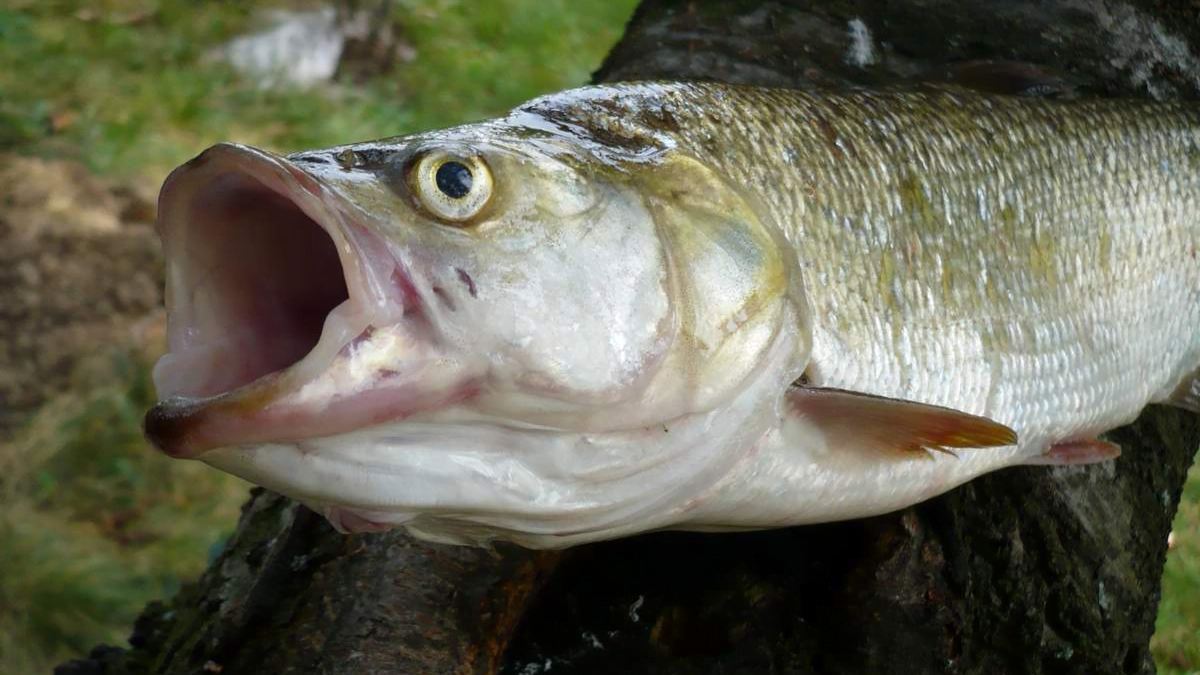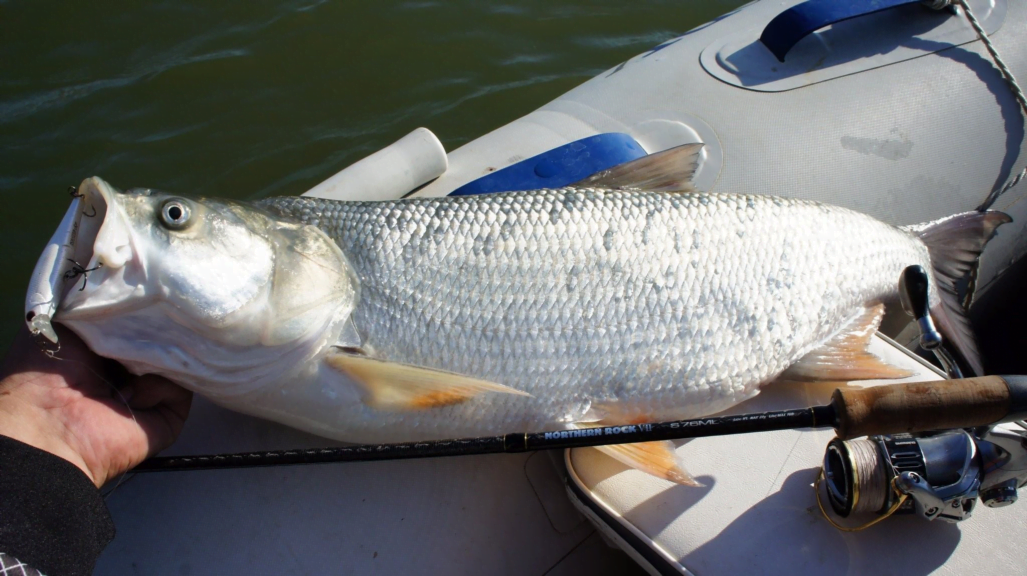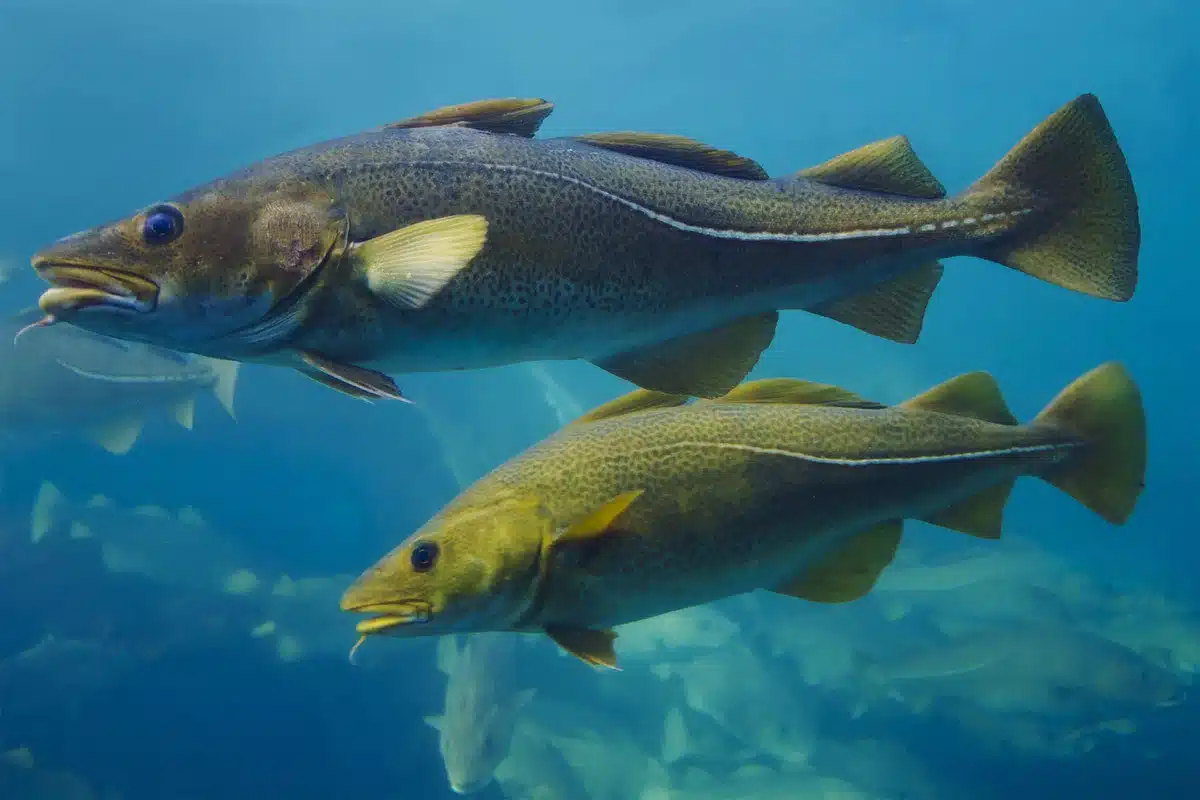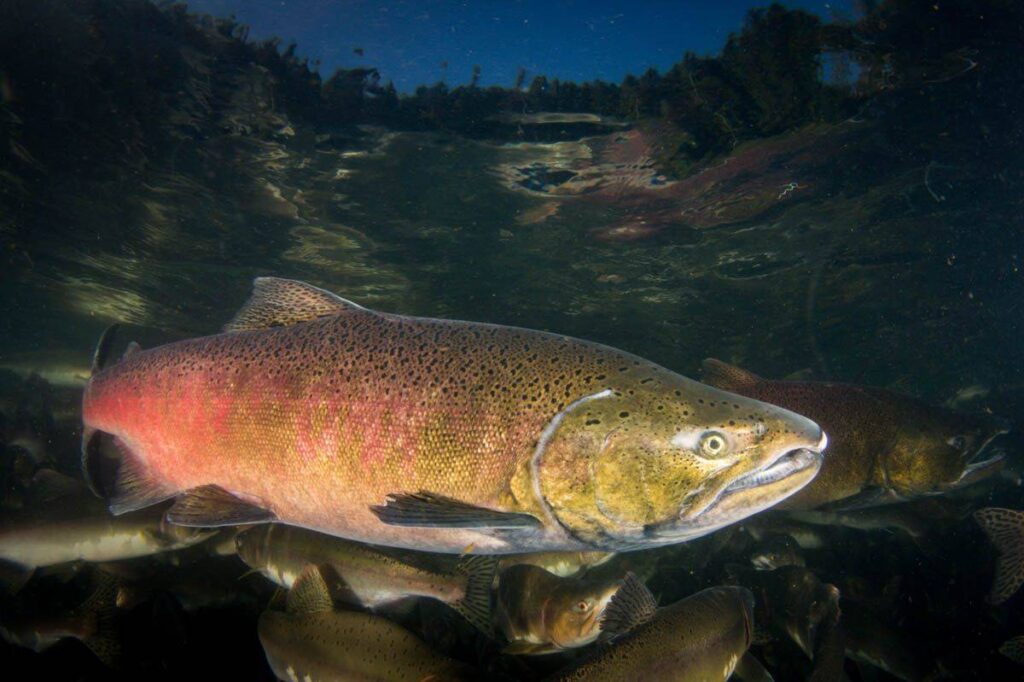Salatis is a predatory freshwater fish from the carp family. Scientific Latin name Aspius aspius. Salad is a favorite target of fishermen, especially those fishing with spinners. Lettuce meat is tasty, but very bony. That's why lettuce is usually fished on a catch-and-release basis.
What does the salad look like?
Lettuce has a powerful, elongated, laterally compressed body, covered with small shiny silver scales. The back is dark, bluish-grey, the sides are silver, the belly is white.
The head of the lettuce is large, elongated, the muzzle is pointed, there are no teeth on the jaws or in the oral cavity. The lower jaw protrudes forward.
On the lower jaw there is a protrusion that protrudes upwards, and in the upper jaw there is a depression that corresponds in shape to this protrusion. When the salati closes its mouth, the protrusion fits neatly into the notch, and the jaws fit tightly together. Such an adaptation arose in the process of evolution in order to use the toothless jaws to hold captured prey that is trying to break free.
Lettuce dorsal fin thin, long, sharp, dorsal fin gray with a dark tip. Salatis has a very strong and powerful tail, the lower part of the tail is slightly longer than the upper part. The caudal fin is gray with a dark edge. The other fins are red or orange at the base and gray at the tip.

How big does lettuce grow
The rate at which lettuce grows and the size it reaches depends on the abundance of food and the average monthly water temperature in which it lives. Migratory lettuce that goes to the sea to feed reaches larger sizes than those that live permanently in the river.
At the end of the first year of life, the lettuce weighs about 50 grams. By the age of three, the lettuce reaches a weight of 500 grams, at the age of six - 2 kg, and at the age of 10-12 - 5 kg.
As a rule, fishermen's catches contain lettuce 50-60 cm long and 2-2.5 kg in weight. Larger ones, 75-80 cm long, which can weigh 4-6 kg, are less often caught.
Where the lettuce lives
Lettuce is demanding on living conditions. It is found in large and deep rivers. Lettuce feels best in large rivers, at least 100-150 meters wide. It is a rare guest in small rivers.
Lettuce is often found in large quantities in reservoirs of natural and artificial origin (rivers, quarries, flooded lakes) located near a large river and having a constant connection with it.
Salatis likes to settle under dams and spillway locks, such places provide excellent hunting conditions. Lettuce can hide under bridge supports and near islands.
Salads like to stay in rapids, in places with strong currents, near steep banks, at the mouths of small streams flowing into them.
What does salad eat?
Salatis is a predator, as evidenced by the structure of its mouth and its entire appearance. In the diet of an adult lettuce, small fish make up 80-85 percent of the diet, the remaining 15-20 percent of the diet consists of insects, worms, and small crustaceans.
Young salamanders primarily feed on worms, insects and small crustaceans, but at the end of their first year of life they start hunting roaches fry. As soon as they reach a length of 30-40 cm, fry and small fish become the basis of their diet.
Lettuce prefers to hunt small fish with a maximum length of up to 14-15 cm.. Unlike perch and pike, does not lie in ambush, but chases the prey and attacks it with a sudden movement.
In bad weather, during heavy rains, cold weather and windy days, lettuce usually goes to the depths, stays near the bottom, comes to the surface only to take insects that have fallen from the surface into the water.

How lettuce grows
Lettuce becomes sexually mature at 3-4 years of age. The start of spawning depends on the climatic conditions of the habitat and the water temperature. The optimal spawning temperature is 9-11 degrees. Spawning starts in April. Spawning usually takes 2-3 days, depending on the weather, but can take up to two weeks in adverse weather conditions.
For spawning, salati choose shallow, rapid, sandy, clayey, rocky or stony shoals.
Up to ten pairs of lettuce can be spawned at the spawning site at the same time.
During spawning, the pair, in which the female is always larger than the male, moves in shallows, with movements similar to a game or a dance.
A medium-sized female lettuce lays 60-100 thousand eggs, which stick to last year's underwater vegetation due to their stickiness. The eggs are quite large, up to 2 mm in diameter and bright yellow in color.
Once spawned, the lettuce leaves the spawning ground. Within 7-10 days after spawning, it recovers its strength, it is sluggish, it does not have enough strength to hunt small fish, so it feeds on worms, larvae and insects that have fallen into the water. Having rested and regained strength, the salad returns to its normal lifestyle.
After two or three weeks, depending on the water temperature, a larva emerges from the eggs, which after some time becomes a fry. By autumn, depending on habitat conditions, it reaches a length of 5-15 cm.
Salad in cooking
Lettuce is considered a valuable fish with tasty and healthy meat. The calorie content of meat is not high - about 99 kcal per 100 g. Due to its low calorie content, meat is perfect for weight loss. Lettuce meat contains vitamins: PP, C, B2, B1, A, B3, minerals: potassium, phosphorus, iron, chromium, fluorine, calcium, sodium, magnesium. By including this fish in your regular diet, the body is saturated with many useful substances that improve its protective functions. Relatively low calorie content and high vitamin content allow you to include the meat of this fish in the diet menu. The flesh of the lettuce is white.
When preparing salad dishes, it should be taken into account that fish caught in spring or early summer will be less fatty than fish caught in late summer or autumn. Lettuce meat has many small bones. Therefore, you need to be careful when eating.




